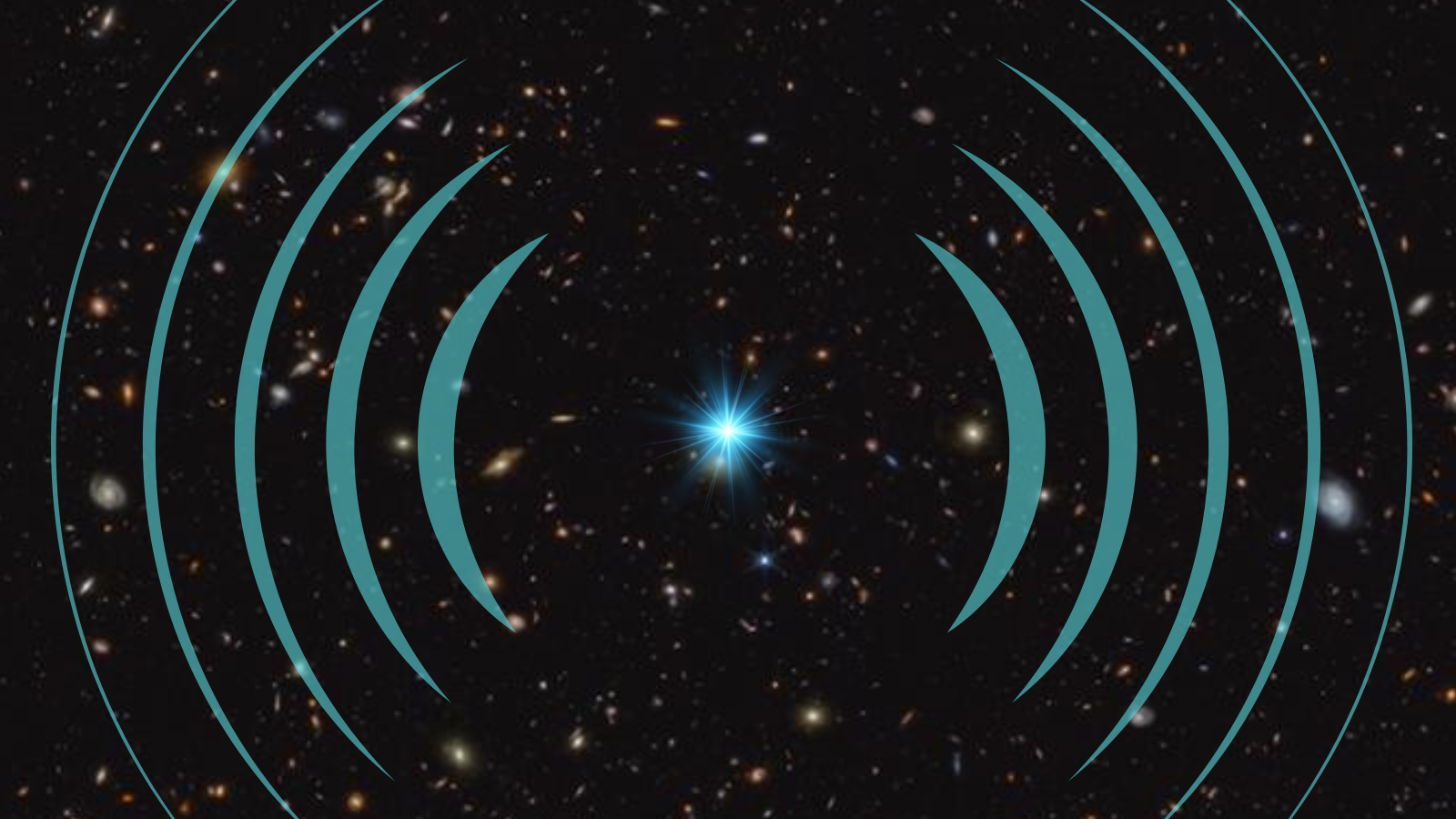A hidden asteroid family may share Venus' orbit: 'It's like discovering a continent you didn't know existed'
Simulations of asteroids near Venus reveal gaps in our ability to detect them.

Astronomers are investigating a little-known and largely unseen group of asteroids that quietly orbit the sun alongside Venus — and there may be many more of them than we thought.
"It's like discovering a continent you didn't know existed," Valerio Carruba of the São Paulo State University in Brazil, who led the analysis, told Space.com. "It's very likely there are other asteroids we don't observe today."
These space rocks, known as "Venus co-orbital asteroids," are a special class of asteroids that move in lockstep with the planet, sharing its orbit around the sun. To date, only about 20 have been confirmed — but a new study conducted by Carruba and his colleagues suggests many more may be lurking just out of sight.
Most Venus co-orbital asteroids are exceptionally difficult to detect from Earth. They appear close to the sun in the sky, an area where ground-based telescopes have limited visibility. Even under ideal conditions, their rapid motion makes them tricky to track.
Only one of the known Venus co-orbital asteroids follows a nearly circular orbit; the others move on more elongated paths that sometimes bring them closer to Earth, making them easier to detect. However, Carruba's team believes this pattern may reflect observational bias, not the actual makeup of the population.
"It's impossible to say for sure," he said, "but I suspect we will find hundreds of asteroids around Venus."
To test this idea, Carruba's team ran computer simulations modeling the orbits of hundreds of hypothetical Venus co-orbital asteroids, projecting their paths up to 36,000 years into the future.
Breaking space news, the latest updates on rocket launches, skywatching events and more!
They found that many of these objects can remain gravitationally bound to Venus' orbit for an average of about 12,000 years. Of note, the orbits of the objects appeared chaotic, meaning small shifts over time can push them onto different paths, including some that bring them close to Earth.
There's no cause for concern right now; none of the known asteroids pose any threat, and the timescales involved span many thousands of years.
"The likelihood of one colliding with Earth any time soon is extremely low," Scott Sheppard, an astronomer at the Carnegie Institution for Science in Washington, D.C. who was not involved with the new study, told National Geographic. "There isn't too much to be worried about here."
In a study published earlier this year in the journal Icarus, Carruba's team analyzed the orbital evolution of the 20 known Venus co-orbital asteroids. Their simulations showed that three of these objects — each measuring between 1,000 and 1,300 feet (300 to 400 meters) across — could eventually pass within about 46,500 miles (74,800 kilometers) of Earth's orbit. In some cases, this gradual shift onto a near-Earth trajectory could take up to 12,000 years.
Keeping track of such objects and understanding how they move is crucial for building a more complete picture of near-Earth space, the new study argues.
"We should know about these objects," said Carruba. "They are very interesting dynamically — I think that would be a reason to continue to study them."
Because Venus' asteroids are so difficult to spot from Earth, Carruba's team explored how we might do better from other vantage points. Their simulations showed that a spacecraft orbiting closer to Venus would have a much better chance of detecting these fast-moving asteroids.
The upcoming Vera C. Rubin Observatory, which just released its first images on June 23,, could also help. Although it's not specifically built to focus on the inner solar system, its special twilight observing campaigns might be able to catch some of these hidden asteroids. In fact, the observatory has already identified 2,104 new asteroids in its initial datasets.
Further into the future, a proposed mission concept called CROWN could offer an even more targeted approach. The mission concept envisions a fleet of small spacecraft operating near Venus' orbit, designed specifically to search for asteroids in the inner solar system.
These efforts "may be able to discover a lot of these objects, if they exist," said Carruba.
This research was posted to arXiv on May 21 and will be published in the journal Astronomy and Astrophysics.
Join our Space Forums to keep talking space on the latest missions, night sky and more! And if you have a news tip, correction or comment, let us know at: community@space.com.

Sharmila Kuthunur is a Seattle-based science journalist focusing on astronomy and space exploration. Her work has also appeared in Scientific American, Astronomy and Live Science, among other publications. She has earned a master's degree in journalism from Northeastern University in Boston. Follow her on BlueSky @skuthunur.bsky.social
You must confirm your public display name before commenting
Please logout and then login again, you will then be prompted to enter your display name.
